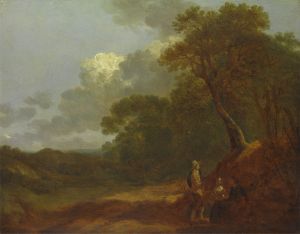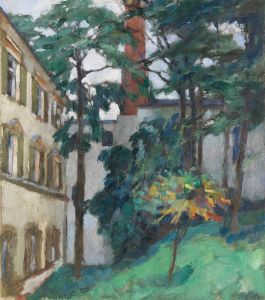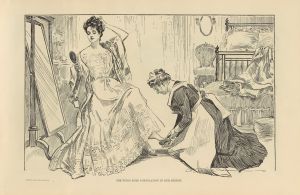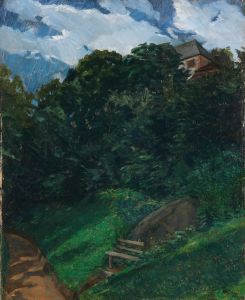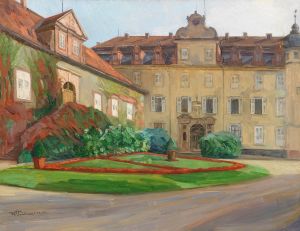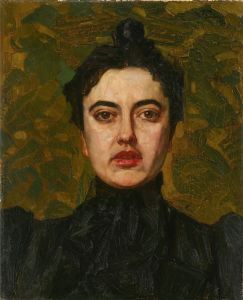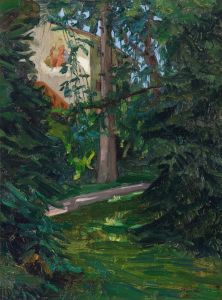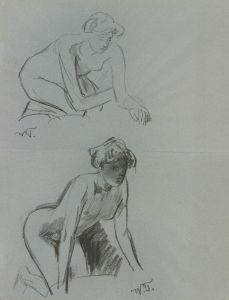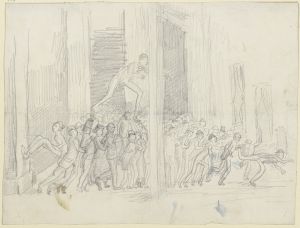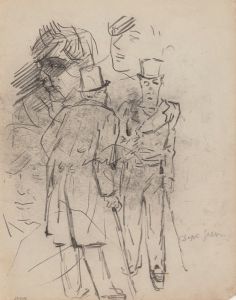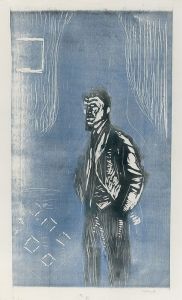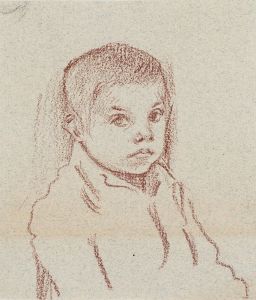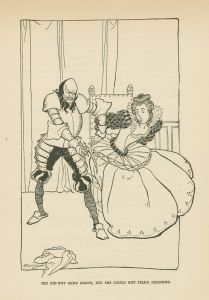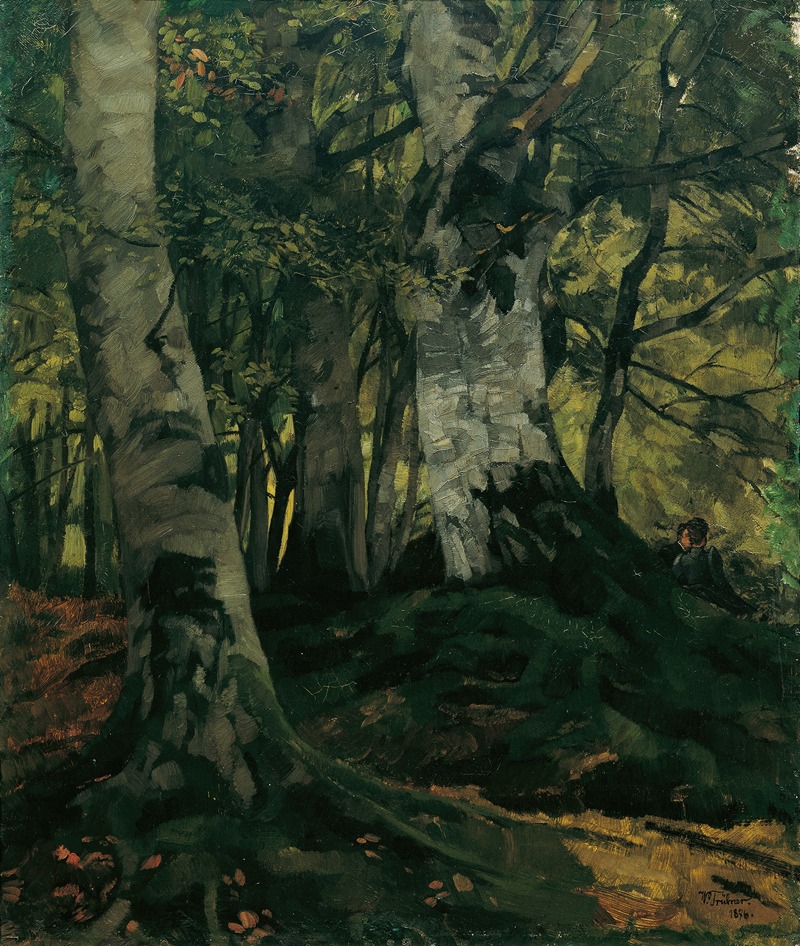
Buchenwald mit Liebespaar
A hand-painted replica of Wilhelm Trübner’s masterpiece Buchenwald mit Liebespaar, meticulously crafted by professional artists to capture the true essence of the original. Each piece is created with museum-quality canvas and rare mineral pigments, carefully painted by experienced artists with delicate brushstrokes and rich, layered colors to perfectly recreate the texture of the original artwork. Unlike machine-printed reproductions, this hand-painted version brings the painting to life, infused with the artist’s emotions and skill in every stroke. Whether for personal collection or home decoration, it instantly elevates the artistic atmosphere of any space.
Wilhelm Trübner (1851–1917) was a German realist painter associated with the Düsseldorf school of painting and later the Munich Secession. His works often reflect a strong emphasis on naturalism and detail, influenced by his academic training and the broader realist movement in 19th-century Europe. Among his notable works is Buchenwald mit Liebespaar (Beech Forest with Lovers), a painting that exemplifies his skill in landscape art and his ability to integrate human figures into natural settings.
Buchenwald mit Liebespaar depicts a serene forest scene dominated by tall beech trees, rendered with meticulous attention to light, shadow, and texture. The interplay of sunlight filtering through the canopy creates a tranquil atmosphere, characteristic of Trübner's landscapes. In the foreground, a couple is shown in a moment of quiet intimacy, blending harmoniously into the natural surroundings. The figures are not overly detailed, suggesting that Trübner's primary focus was on the landscape itself rather than the narrative of the human subjects. This approach aligns with his broader artistic philosophy, which often prioritized the depiction of nature over anecdotal storytelling.
The painting reflects the influence of the Barbizon School and other European realist movements, which emphasized the beauty of ordinary landscapes and the emotional resonance of natural environments. Trübner's work also shows the impact of his studies under influential artists such as Wilhelm Leibl, who advocated for a direct and unembellished representation of reality. The composition of Buchenwald mit Liebespaar demonstrates Trübner's mastery of balancing human presence within a larger natural context, creating a sense of unity between the figures and their environment.
While the exact date of the painting's creation is not widely documented, it is consistent with Trübner's mature style, which developed in the late 19th and early 20th centuries. During this period, Trübner was active in promoting modern art in Germany, participating in exhibitions and contributing to the artistic discourse of his time. His works, including Buchenwald mit Liebespaar, are considered significant examples of German realism and continue to be studied for their technical and aesthetic qualities.
The painting is held in a private collection or museum, though specific details about its current location or provenance are not readily available in public records. As with many of Trübner's works, Buchenwald mit Liebespaar is appreciated for its ability to capture the quiet beauty of nature and the subtle interactions between people and their surroundings.





